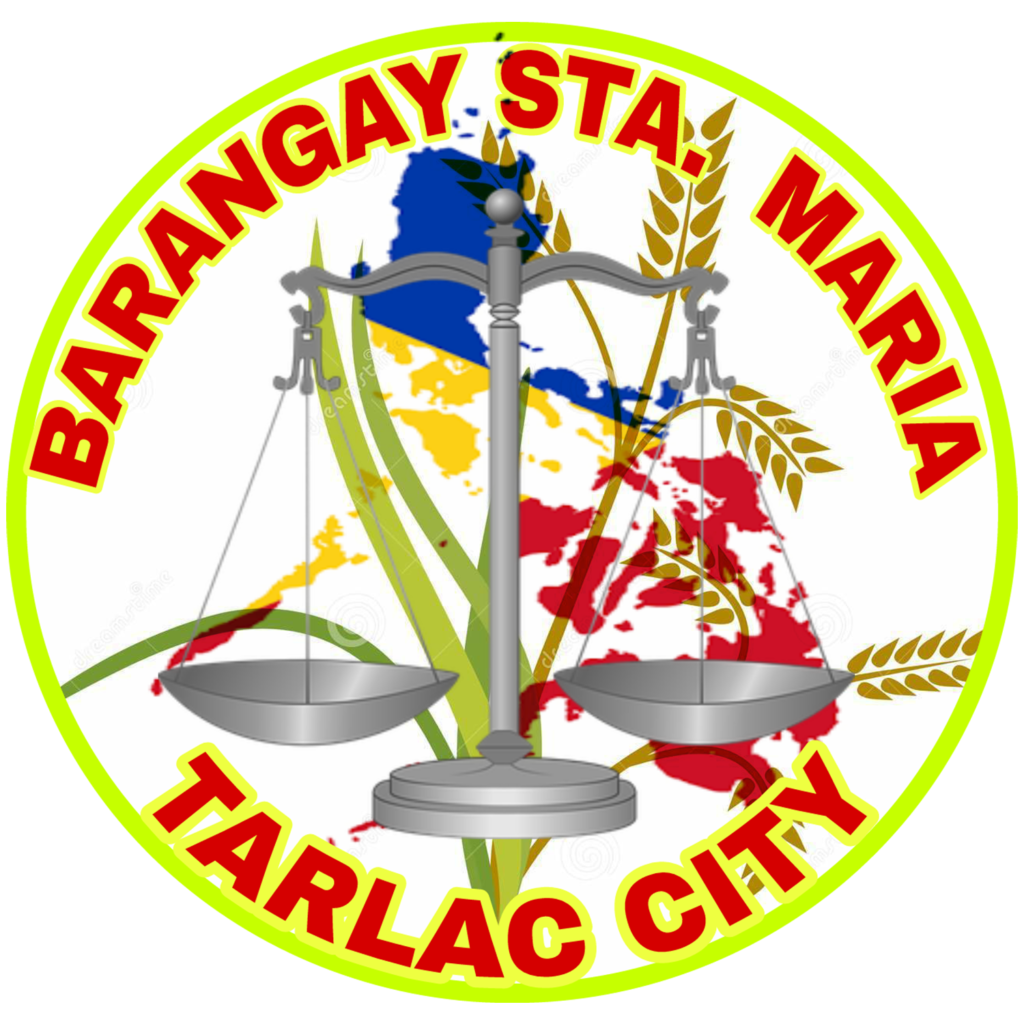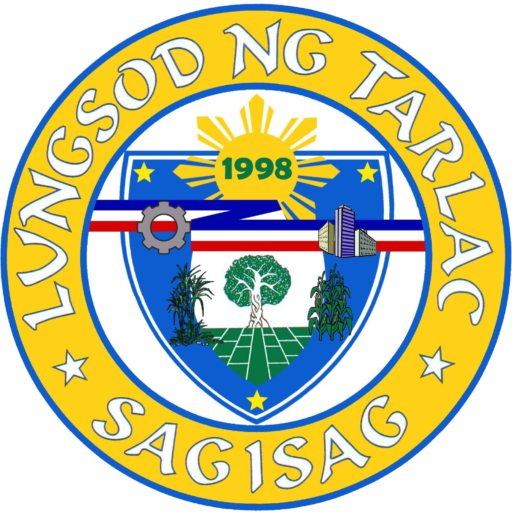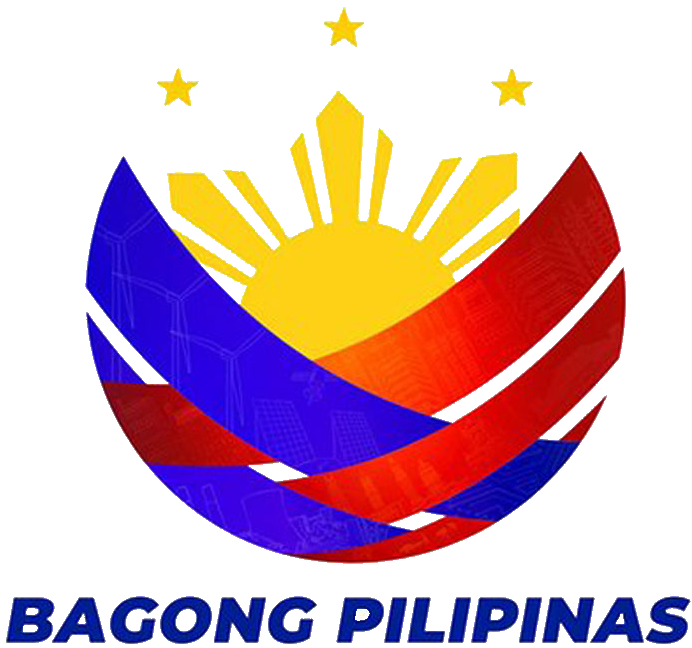
BARANGAY STA. MARIA HISTORY
Barangay Sta. Maria is also a part of the West District Division of Barangays enclosed in Tarlac City. Barangay Sto. Niño surrounds it on the West, Barangay Sta. Cruz in the East, Barangay Sinait on the South and Municipality of Gerona on the North.
It is approximately 8.0 kilometers away from city proper. It has a total land area of 159.18 hectares. The 151.5 hectares corresponds to agriculture especially sugarcane and the remaining 7.68 hectares designate to a residential and industrial area.
Barangay Sta. Maria classified as Rural Barangay, it has a total population of three hundred twenty four (324) as of 2005, and a household population of one hundred one (101).
Barangay Sta. Maria is mostly an agricultural area. Agriculture is their primary source of livelihood. Palay and sugarcane are their major crops. They have two factory or machine for making “inuyat” and “tinaklub” are sweetened products made from the sugarcane juice molded in a coconut shell. Aside from making “inuyat” and “tinaklub” some were harvesting Sesame seeds. Other residents were laborer, construction workers, and some has their own business such as sari-sari stores.
Barangay Sta. Maria called as the Mother among the three neighboring barangays. Barangay Sto. Niño is the son and San Jose in the Municipality of Gerona is the father. According to the elders other barangay tried to conquer Barangay Sta. Maria especially Barangay Sto. Niño but they had loss and Barangay Sta. Maria is still an independent barangay. The name of this barangay was derived from their patron Sta. Maria. It became also part of their history was happened last August 03, 1999. At exactly 12 noons at that time, there was a strong typhoon and heavy rains for more than a week. The mega dike located beside on this barangay was cracked and the heavy amount of water overflow and the whole barangay was submerged. The residents already rescued and evacuated at the neighboring barangays like Aguso and Sto. Niño. Most of the establishments founded here were washed out. Approximately one year after the calamity, they had turned back at their barangay and built it again. Until now, the mark of the calamity that happens was still visualized.
Among the pioneers of this barangay were Navarra, Pagco, Mercado, Teofilo and Pascua family. Ninety percent of the total populations are Pampango, and the rest are Tagalog, Bisaya, Pangasinense, and Ilocano.
Barangay Sta. Maria celebrates their feast day every March 24-25 as a thanksgiving to the Patron Sta. Maria The Blessed Virgin Mary, sometimes shortened to The Blessed Virgin or The Virgin Mary, is a traditional title specifically used by Roman Catholics, Anglicans, some Eastern Orthodoxand Eastern Catholics, and others to describe Mary, the mother of Jesus Christ. The term carries not merely belief in the virginity of Mary but of her continuing role within the church and in the life of all Christians. In the Dogmatic Constitution of the Church (21 November 1964), passed during theSecond Vatican Council, Mary was also given the title Advocate, Auxiliatrix, Adjutrix, and Mediatrix. Mary is often referred to colloquially as Our Lady.

